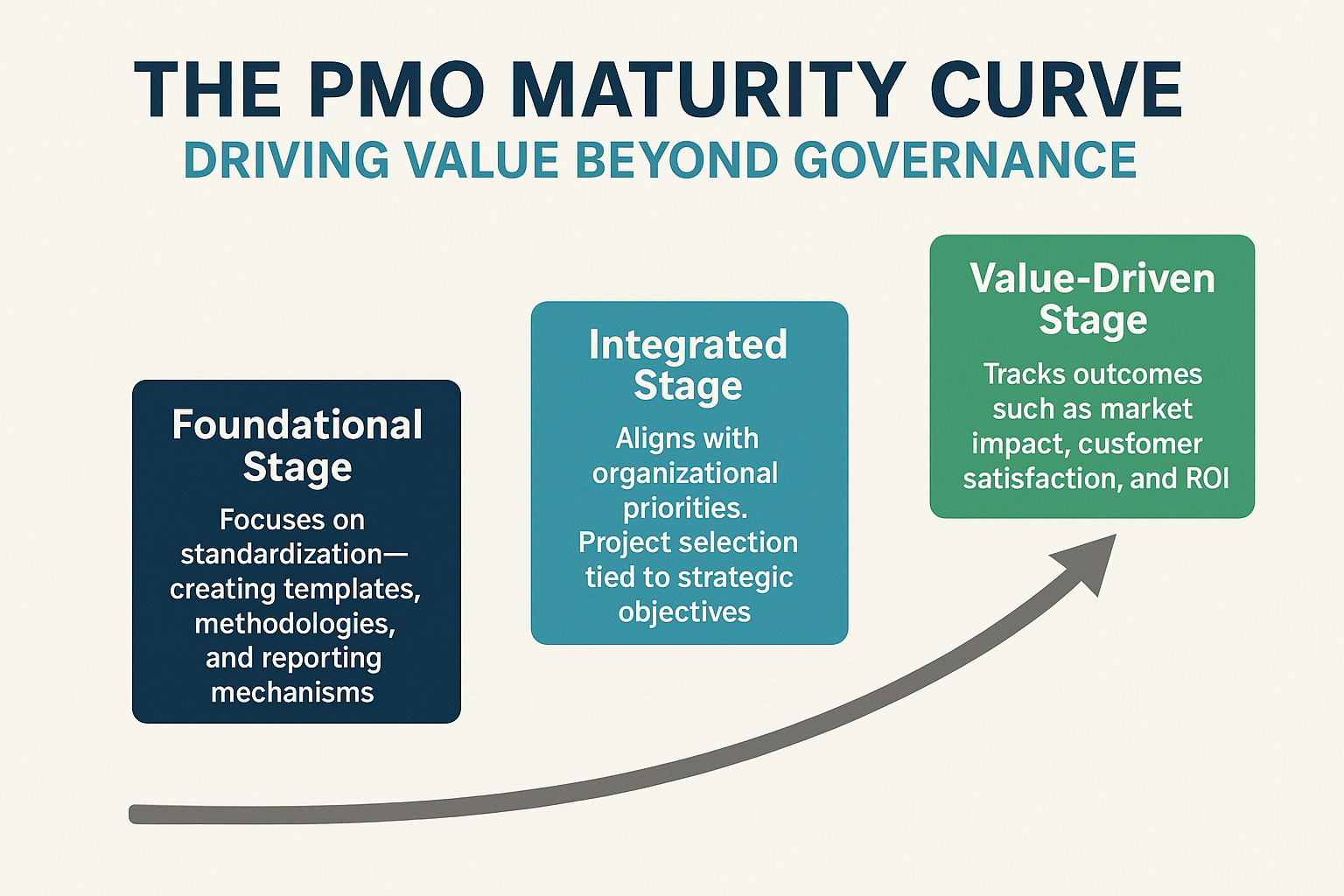Establishing a centralized PMO can streamline governance, align initiatives with strategy, and control project delivery costs—but only under the right conditions. Many organizations rush into centralization as a one-size-fits-all model, yet research shows that context, not control, determines the success of a PMO’s structure.
According to PMI’s Pulse of the Profession 2023, 52% of high-performing organizations operate a centralized PMO. However, that same report notes that decentralized or hybrid PMOs are gaining traction in companies managing innovation-heavy or regionally distributed portfolios. Structural flexibility—not rigidity—is proving to be a hallmark of mature delivery organizations.
“The degree of centralization should be dictated by how much standardization you need versus how much agility your business model demands,” says Craig Killough, VP of Organizational Transformation at PMI.
When Centralization Works
A centralized PMO is most effective when an organization:
- Has a portfolio heavily focused on compliance, regulation, or cost control
- Operates in industries with low variance across business units (e.g., utilities or government)
- Requires strict project standardization and performance visibility
In such environments, centralization enhances executive oversight, accelerates resource optimization, and enables consistent use of tools and templates.
In a Gartner study (PMO Trends 2022, authored by Mbula Schoen), companies with centralized PMOs reported 28% higher adherence to schedule baselines than their decentralized counterparts. The study attributes this to clearer escalation paths and more consistent risk practices.
When Decentralization or Hybrid is Smarter
However, full centralization can hinder responsiveness and alienate business units with unique delivery needs. In fast-paced sectors like technology or consumer products, over-centralization often results in bottlenecks and reduced project ownership at the operational level.
For instance, organizations pursuing digital transformation across multiple geographies may benefit more from a federated or hybrid PMO model—where central governance coexists with embedded delivery teams. These PMOs can maintain strategic alignment while empowering local adaptability.
As Forrester’s The Evolving PMO report (2022, authored by Margo Visitacion) notes, “Effective PMOs are not defined by their level of control, but by their ability to orchestrate delivery across differing levels of maturity and urgency.”
Key Considerations Before Choosing
Before centralizing or decentralizing your PMO, ask:
- Are your delivery teams mature enough to operate without strict central oversight?
- Do you require fast, business-unit-specific delivery or system-wide consistency?
- How varied are your project types and business functions?
Also assess your organization’s capacity to evolve. A centralized model may be ideal during early maturity but should not remain static. High-performing PMOs revisit their structure annually in response to strategic shifts and delivery demands.
Conclusion
A centralized PMO isn’t inherently better than a decentralized one—it’s a structural choice that must reflect organizational context, not legacy preferences. The most effective PMOs continuously evaluate whether their structure is enabling or hindering value delivery. Strategic flexibility—not centralized control alone—marks the path to sustained performance.
References
Pulse of the Profession 2023 | Project Management Institute | 2023
PMO Trends 2022 | Mbula Schoen | Gartner | 2022
The Evolving PMO | Margo Visitacion | Forrester | 2022
Why Strategy Execution Unravels—and What to Do About It | Donald Sull, Rebecca Homkes, and Charles Sull | Harvard Business Review | 2015




